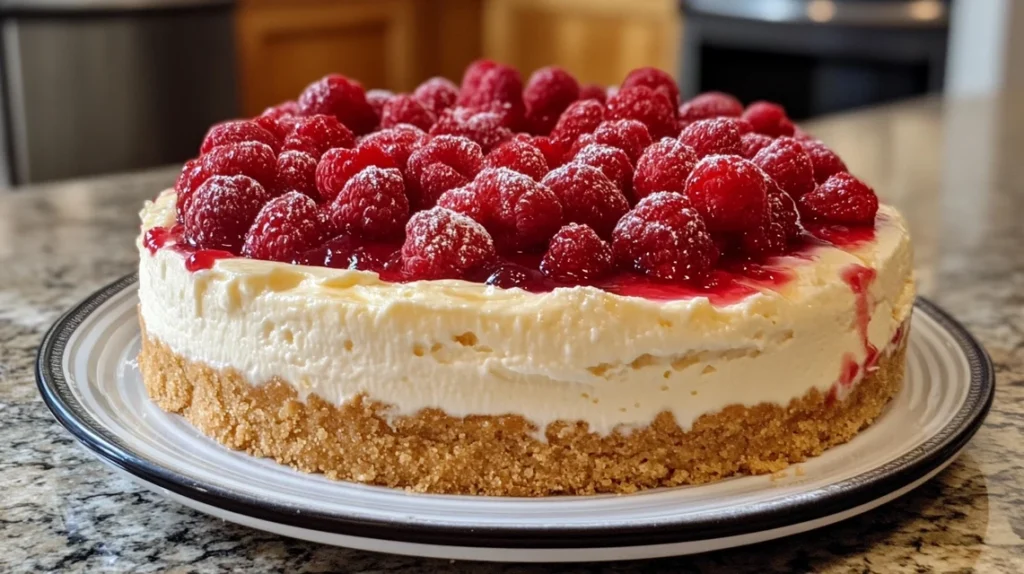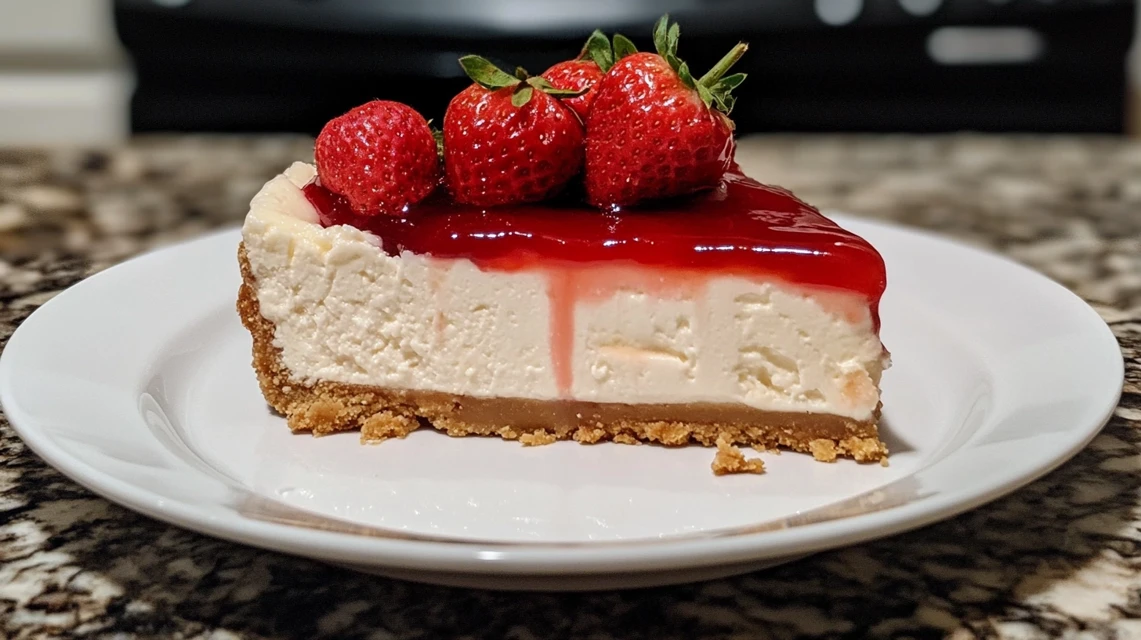Creating a homemade cheesecake from scratch is a deliciously rewarding endeavor. From selecting the ideal ingredients to nailing the creamy texture, making cheesecake at home brings a sense of fulfillment—and better flavor—than store-bought versions. This guide covers every step to help you achieve a professional-quality cheesecake that’s sure to impress!
Why Choose Homemade Cheesecake?
Unlike store-bought, homemade cheesecake allows for creative control over ingredients, sweetness, and texture. This means you can cater to dietary needs, explore flavor variations, and perfect the classic recipe. With a few essential ingredients like cream cheese, eggs, and sugar, you’ll be ready to start.
Not sure which type of cheese to use? Check out this complete guide to choosing the right cheese for cheesecake, which details options beyond traditional cream cheese, such as mascarpone or ricotta. Each brings a unique texture and flavor, letting you experiment with what works best for your taste.

The water bath is another crucial component, ensuring your cheesecake cooks evenly without cracking. For a comparison on baking techniques, explore this baked versus no-bake cheesecake guide, which dives into the benefits and differences of both methods.
Key Ingredients for Perfect Cheesecake
Here’s what you’ll need to create a cheesecake that’s rich, creamy, and delicious:
- Cheese Options: Cream cheese is the most popular choice, but other options like mascarpone add a subtle richness.
- Sweeteners: Granulated sugar is standard, though honey or brown sugar can add depth.
- Thickeners: Eggs are essential for binding and achieving the creamy texture.
- Crust Choices: Graham cracker crust is classic, but Oreo or almond flour bases add a unique twist.
Step-by-Step Guide to Making Cheesecake
Step 1: Prepare the Crust
- Start with crushed graham crackers or your chosen crust base.
- Mix crumbs with melted butter and press into the base of a springform pan, ensuring even coverage.
Step 2: Prepare the Cheesecake Filling
- Beat cream cheese and sugar until smooth, ensuring no lumps.
- Add eggs one at a time, mixing until just combined to avoid over-beating.
- For extra flavor, add a splash of vanilla extract or lemon zest.
For a guide on avoiding lumps and achieving the perfect filling, check out this step-by-step cheesecake recipe.
Step 3: Bake in a Water Bath
- Pour the filling over the crust, spreading evenly.
- Place the pan in a larger baking dish and fill with hot water about halfway up the sides.
- Bake as directed, checking frequently to avoid over-baking.
Step 4: Cool Gradually
- Allow the cheesecake to cool in the oven with the door slightly open to prevent cracking.
- Refrigerate for at least 4 hours, or preferably overnight, for the best texture.
Cheesecake Variations to Try
From fruit toppings to different flavor profiles, the variations on cheesecake are endless. Here are some ideas:
- Fruit Toppings: Fresh berries or compote add color and flavor.
- Flavored Cheesecakes: Try chocolate, lemon, or even pumpkin spice.
- Dietary Options: Make it vegan by using egg substitutes and a nut-based crust.
For inspiration on unique cheesecake flavors, see the ultimate guide to cheesecake types.
Troubleshooting Common Cheesecake Issues
Here are solutions to common cheesecake challenges:
- Cracks: Usually due to rapid cooling or over-baking. A water bath can help prevent this.
- Soggy Crust: Ensure your springform pan is tightly sealed or wrap it in foil for extra protection.
- Over-baking: The center should still have a slight jiggle when you take it out.
For more insights, see this guide on how to keep mini cheesecakes from cracking and other essential baking tips.
FAQs on Homemade Cheesecake
Why does my cheesecake crack?
Cracks usually happen due to over-baking or sudden temperature changes. Use a water bath to help.
Can I make cheesecake without a water bath?
Yes, but it may result in cracks. A water bath ensures even cooking.
How long does homemade cheesecake last?
Stored in the fridge, cheesecake stays fresh for about a week. For longer storage, consider freezing.
Can I freeze cheesecake?
Absolutely! Wrap it tightly to prevent freezer burn, and thaw in the fridge when ready to serve.
How do I make cheesecake without an oven?
No-bake cheesecakes are a fantastic alternative for a creamy, smooth dessert without the need for baking.
Conclusion
With this guide, you’re ready to make the perfect homemade cheesecake that’s creamy, smooth, and utterly delicious. From understanding your ingredients to troubleshooting techniques, this guide ensures your cheesecake will be a hit every time. Happy baking!


2 thoughts on “The Ultimate Guide to Making Homemade Cheesecake”